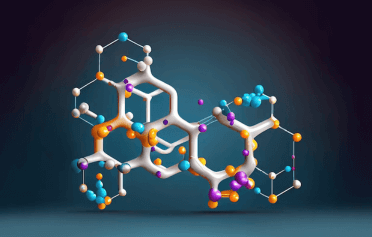Question
a.
$5,645,000
b.
$6,442,500
c.
$3,442,500
d.
$5,442,500
Posted under Cost Accounting
Interact with the Community - Share Your Thoughts
Uncertain About the Answer? Seek Clarification Here.
Understand the Explanation? Include it Here.
Q. If an initial investment is $765000, the payback period is 4.5 years, then increase in future cash flow will be
Similar Questions
Explore Relevant Multiple Choice Questions (MCQs)
Q. The categories of cash flows include
View solution
Q. If the net initial investment is $6850000 and the uniform increases yearly cash flows is $2050000, then payback period will be
View solution
Q. The net initial investment is divided by uniform increasing in future cash flows to calculate
View solution
Q. If the nominal rate is 26% and the inflation rate is 12%, then the real rate can be
View solution
Q. A concept which explains a received money in present time, is more valuable than money received in future is called
View solution
Q. If the payback period is 4 years and the uniform increases in cash flows per year is $2750000, then the net initial investment can be
View solution
Q. If the real rate is 16% and an inflation rate is 8%, then the nominal rate of return will be
View solution
Q. The method, which calculates the time to recoup initial investment of project in form of expected cash flows is known as
View solution
Q. The vertically upward dimension of cost analysis is also called
View solution
Q. The rate of return to cover a risk of investment and decrease in purchasing power, as a result of inflation is known as
View solution
Q. The process of making long term decisions, for capital investment in the projects is called
View solution
Q. The dimensional analysis of cost includes
View solution
Q. The capital budgeting method to analyze information of financials include
View solution
Q. The payback period is multiplied for constant increase in yearly future cash flows to calculate
View solution
Q. The rate of return, which is made up of risk free and business risk element is known as
View solution
Q. The sum of returned working capital and net initial investment is divided by 2 to calculate
View solution
Q. The project's expected monetary loss or gain by discounting all cash outflows and inflows, using required rate of return is classified as
View solution
Q. The rate of required return to cover the risk of investment, in absence of inflation is classified as
View solution
Q. Annual earned income is divided from a project by capital invested to calculate
View solution
Q. The horizontally across dimension of cost analysis is also called
View solution
Recommended Subjects
Are you eager to expand your knowledge beyond Cost Accounting? We've handpicked a range of related categories that you might find intriguing.
Click on the categories below to discover a wealth of MCQs and enrich your understanding of various subjects. Happy exploring!








